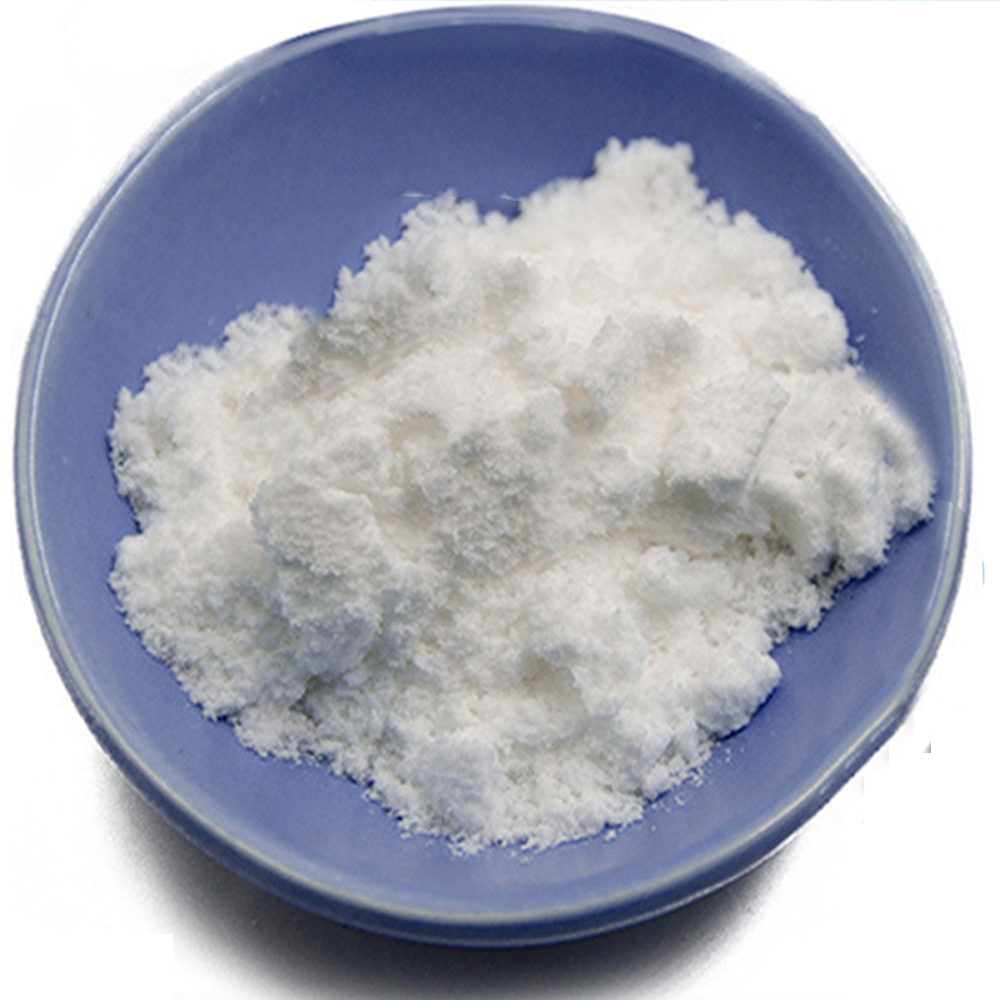



lead nitrate solubility
The Solubility of Lead Nitrate An In-Depth Exploration
Lead nitrate, with the chemical formula Pb(NO3)2, is an inorganic compound that plays a significant role in various industrial applications, including the manufacture of lead glass, explosives, and in laboratories as a reagent. One of the critical properties of lead nitrate is its solubility in water, which is central to its uses and implications in both environmental science and industrial processes.
Understanding Solubility
Solubility refers to the ability of a substance (solute) to dissolve in a solvent, often measured in grams of solute per 100 grams of solvent at a specific temperature. When it comes to lead nitrate, its solubility in water is relatively high compared to other lead compounds. At room temperature (around 20°C), lead nitrate can dissolve up to 61.5 grams in 100 grams of water, making it a significant source of lead ions when dissolved. This high solubility is critical for its utilization in various applications, allowing it to efficiently dissociate into its constituent ions Pb²⁺ and 2NO3⁻.
Chemical Behavior in Solution
Upon dissolution, lead nitrate releases lead ions (Pb²⁺), which can have various effects, especially in biological and environmental contexts. The nitrate ions (NO3⁻) are generally less reactive and more stable, but the presence of lead ions poses environmental and health concerns due to lead's toxicity. The ability of lead nitrate to dissolve in water facilitates its mobility in aquatic environments, raising issues of water pollution when lead nitrate enters water bodies through industrial discharge or improper waste disposal.
lead nitrate solubility

Factors Influencing Solubility
The solubility of lead nitrate can be influenced by several factors, including temperature, pressure, and the presence of other ions in solution. Typically, an increase in temperature leads to increased solubility of most salts, including lead nitrate. However, the dynamics of solubility can vary with the presence of other ions in the solution, which may lead to common ion effects or formation of complex ions that can inhibit or enhance solubility.
Environmental and Health Implications
The high solubility of lead nitrate and the resultant presence of lead ions in water can have severe implications for both the environment and human health. Lead is a well-known neurotoxin, and its accumulation in the body can lead to serious health issues, including developmental impairments in children, cardiovascular problems, and other systemic toxic effects. Furthermore, lead contamination of water supplies is a significant concern, triggering strict regulatory measures in many regions to monitor and control lead levels.
Conclusion
In summary, the solubility of lead nitrate is a fundamental property that determines its utility and impacts in various domains. While its high solubility facilitates desirable industrial applications, it simultaneously poses ecological and health risks due to the toxic nature of lead. Understanding these dynamics is crucial for developing appropriate strategies to mitigate risk while harnessing the benefits of lead nitrate in controlled environments. Researchers and industrial practitioners are increasingly focused on finding safer alternatives and better regulatory practices to ensure that the use of compounds like lead nitrate does not endanger public health or the environment. As our understanding of solubility and its broader implications continues to evolve, it is essential to balance technological advancements with ecological responsibility.
-
Why Sodium Persulfate Is Everywhere NowNewsJul.07,2025
-
Why Polyacrylamide Is in High DemandNewsJul.07,2025
-
Understanding Paint Chemicals and Their ApplicationsNewsJul.07,2025
-
Smart Use Of Mining ChemicalsNewsJul.07,2025
-
Practical Uses of Potassium MonopersulfateNewsJul.07,2025
-
Agrochemicals In Real FarmingNewsJul.07,2025
-
Sodium Chlorite Hot UsesNewsJul.01,2025










